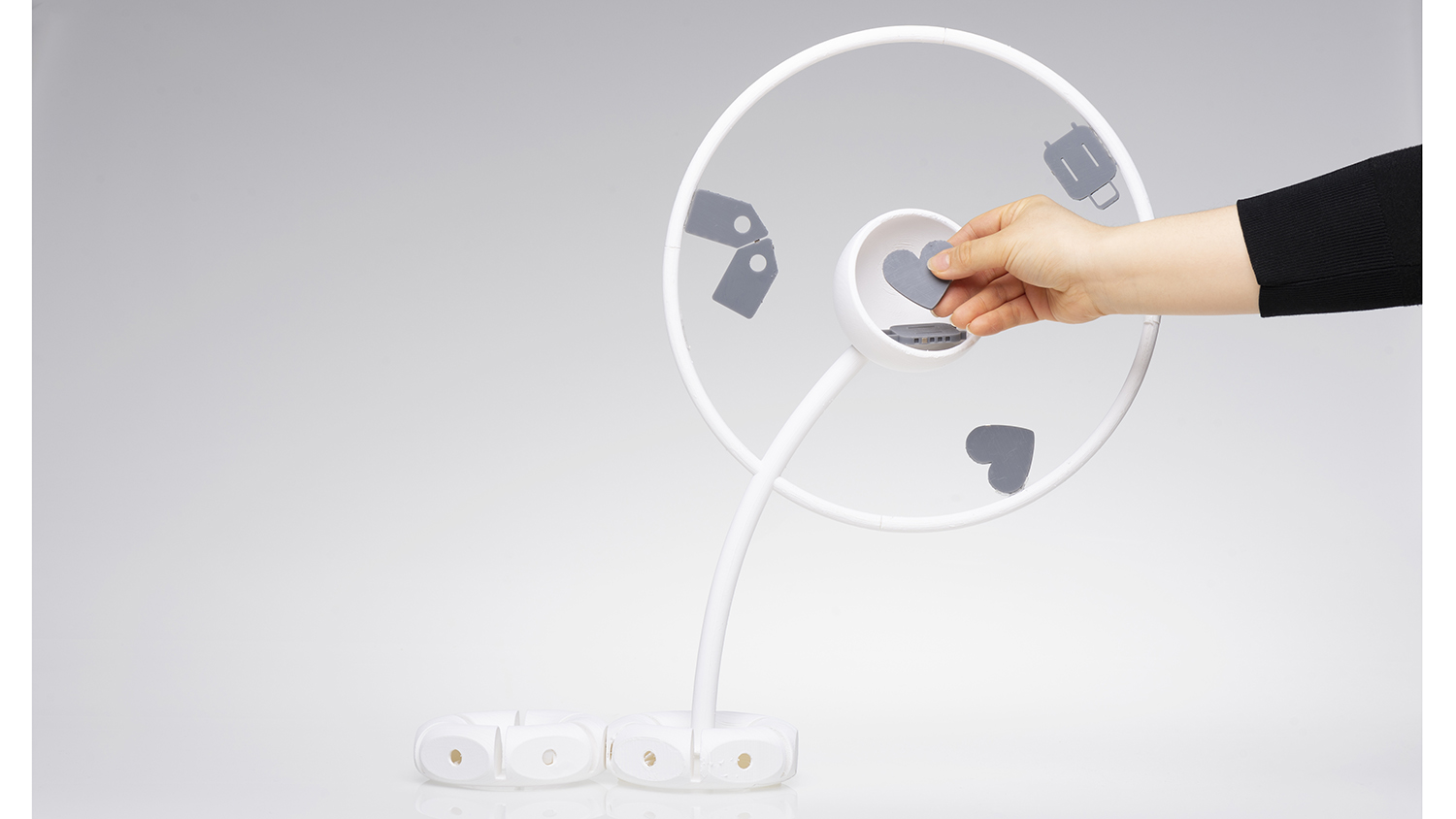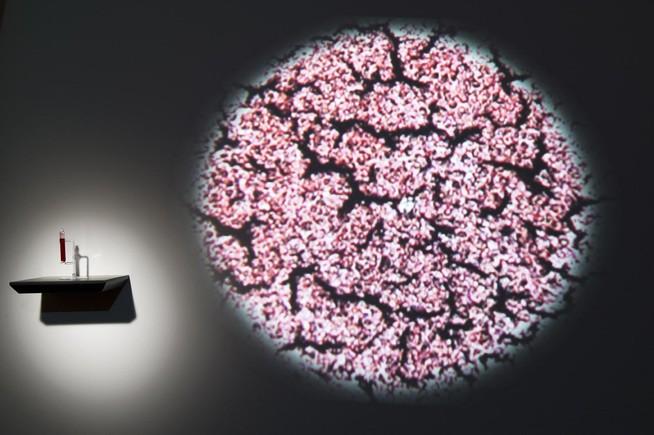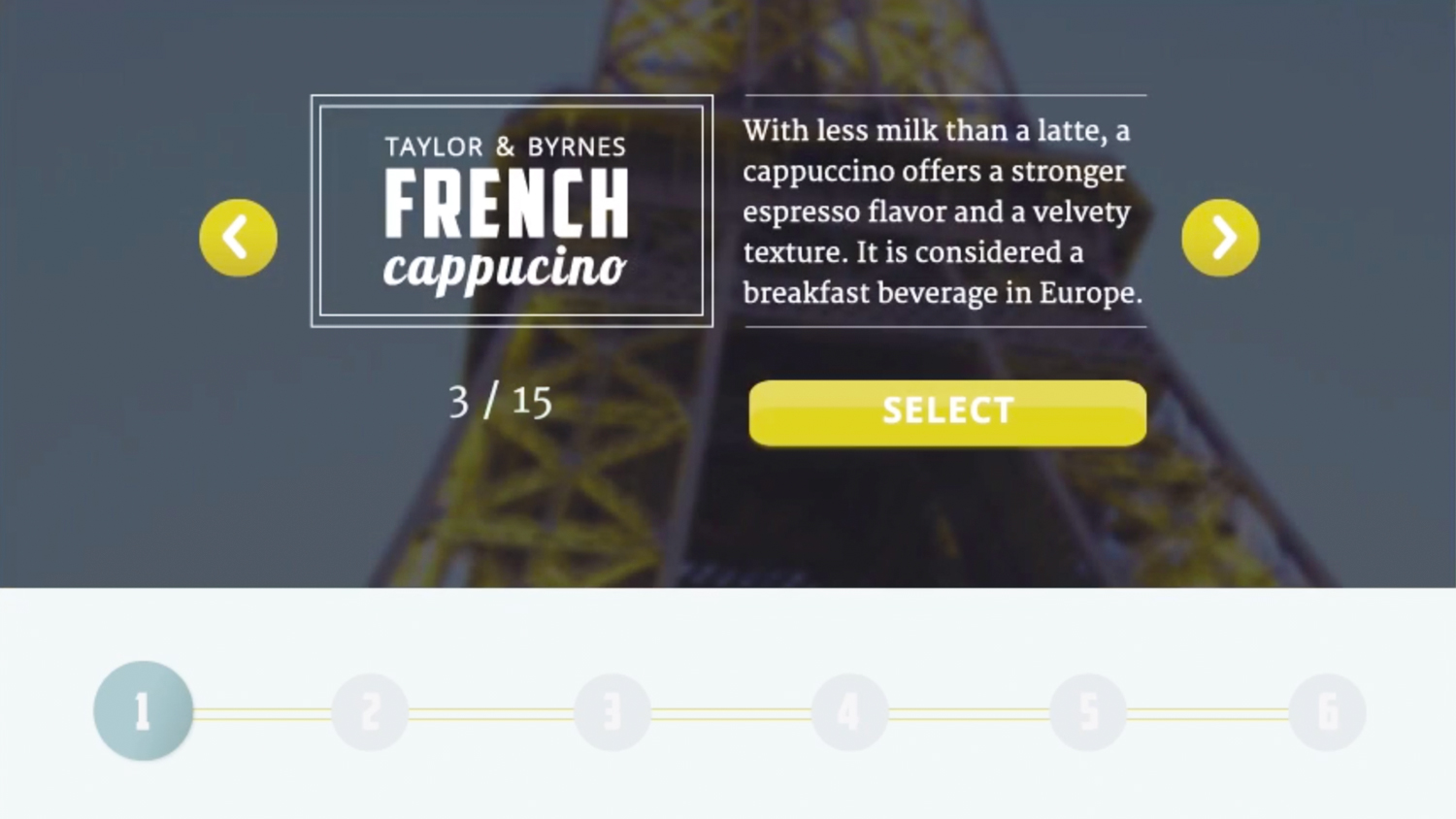Research
RGB color spaces are frequently defined, in part, by the chromaticity coordinates of their primaries and white point. Color conversion, however, requires the tristimulus values of the primaries. This paper, presented at the 2018 Electronic Imaging Symposium, compares two methods for performing this conversion. While both involve similar computational load, one of the two methods breaks down when a primary with luminance close to or equal to zero is used.
This paper discusses a new way to compute weights (scalars) for Neugebauer-like models that is more flexible than existing methods, simplifying the insertion of a new model for scalar calculation. Specifically, the scalar computing task is refactored into two independent components. In one, the specific dot overlap behavior is specified in a single, often simple, expression. This expression may be implemented for each the three main overlap modalities in a function with a single-statement body. The other component actually computes the scalars, calling the other component as necessary. This second component has been described algorithmically, and open-source software to demonstrate it has been made available.
Helpful notes on copulas generated by a first-order rational function, with focus on the 2-copula. Expressions for level sets, derivatives, and copula density are provided.














